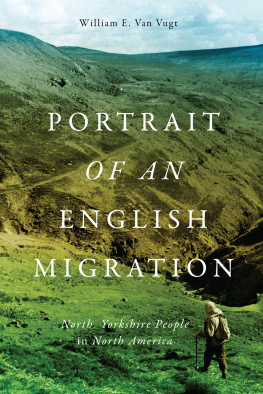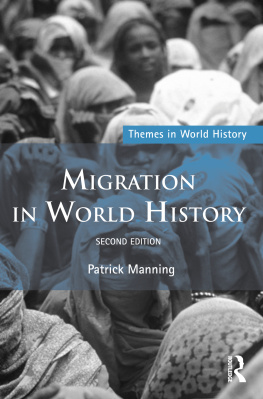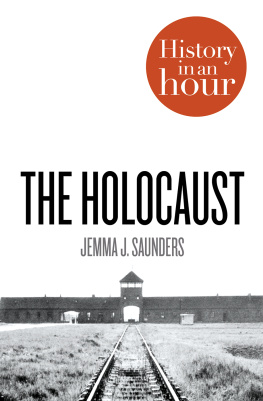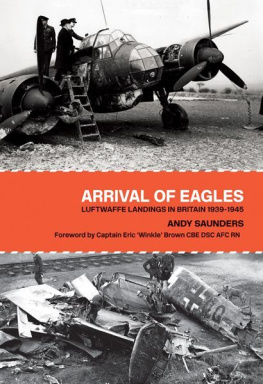Doug Saunders - Arrival City: How the Largest Migration in History Is Reshaping Our World
Here you can read online Doug Saunders - Arrival City: How the Largest Migration in History Is Reshaping Our World full text of the book (entire story) in english for free. Download pdf and epub, get meaning, cover and reviews about this ebook. year: 2010, publisher: Pantheon Books, genre: Detective and thriller. Description of the work, (preface) as well as reviews are available. Best literature library LitArk.com created for fans of good reading and offers a wide selection of genres:
Romance novel
Science fiction
Adventure
Detective
Science
History
Home and family
Prose
Art
Politics
Computer
Non-fiction
Religion
Business
Children
Humor
Choose a favorite category and find really read worthwhile books. Enjoy immersion in the world of imagination, feel the emotions of the characters or learn something new for yourself, make an fascinating discovery.

- Book:Arrival City: How the Largest Migration in History Is Reshaping Our World
- Author:
- Publisher:Pantheon Books
- Genre:
- Year:2010
- Rating:5 / 5
- Favourites:Add to favourites
- Your mark:
- 100
- 1
- 2
- 3
- 4
- 5
Arrival City: How the Largest Migration in History Is Reshaping Our World: summary, description and annotation
We offer to read an annotation, description, summary or preface (depends on what the author of the book "Arrival City: How the Largest Migration in History Is Reshaping Our World" wrote himself). If you haven't found the necessary information about the book — write in the comments, we will try to find it.
Doug Saunders: author's other books
Who wrote Arrival City: How the Largest Migration in History Is Reshaping Our World? Find out the surname, the name of the author of the book and a list of all author's works by series.
Arrival City: How the Largest Migration in History Is Reshaping Our World — read online for free the complete book (whole text) full work
Below is the text of the book, divided by pages. System saving the place of the last page read, allows you to conveniently read the book "Arrival City: How the Largest Migration in History Is Reshaping Our World" online for free, without having to search again every time where you left off. Put a bookmark, and you can go to the page where you finished reading at any time.
Font size:
Interval:
Bookmark:
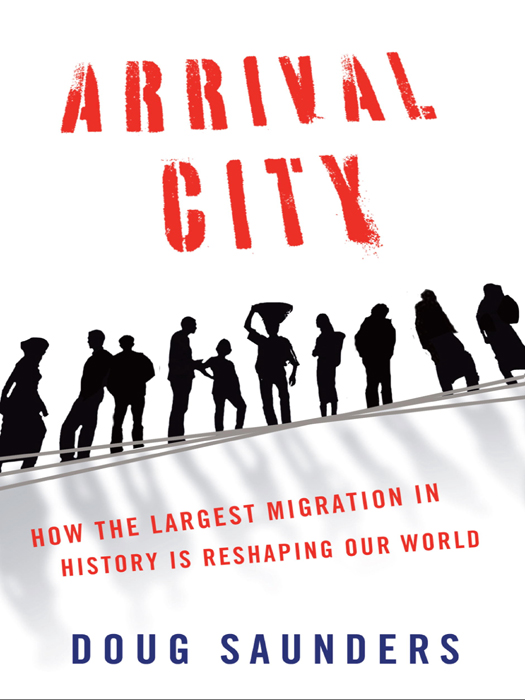
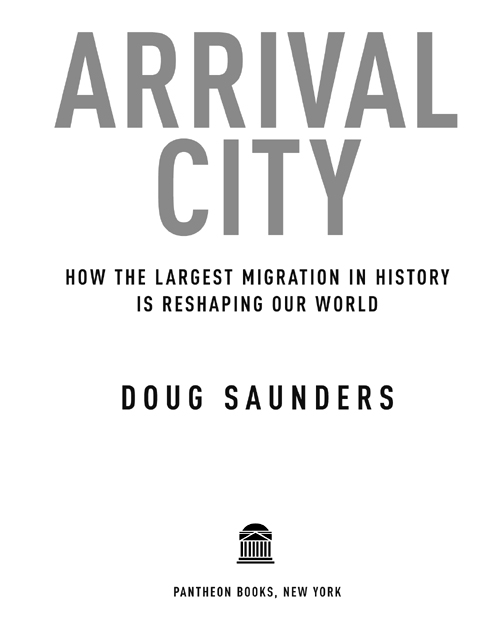
Copyright 2010 by Doug Saunders
All rights reserved. Published in the United States by Pantheon Books, a division of Random House, Inc. Originally published in Great Britain by William Heinemann, the Random House Group Ltd., London, in 2010.
Pantheon Books and colophon are registered trademarks of Random House, Inc.
Library of Congress Cataloging-in-Publication Data
Saunders, Doug.
Arrival city : how the largest migration in history is reshaping our world / [Doug Saunders].
p. cm.
eISBN: 978-0-307-37965-8
1. Rural-urban migration. 2. Cities and townsGrowth.
3. ImmigrantsSocial conditions. 4. Urbanization. I. Title.
HB 1955. S 38 2010 307.24dc22 2010029651
www.pantheonbooks.com
Jacket design by Joe Montgomery
v3.1
WEST ARRIVED
For Elizabeth Renzetti
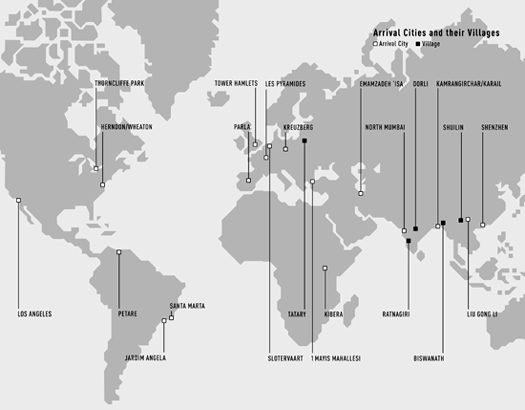
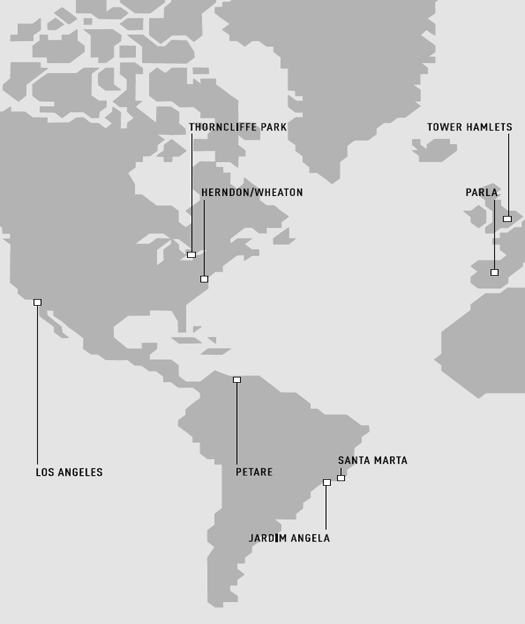
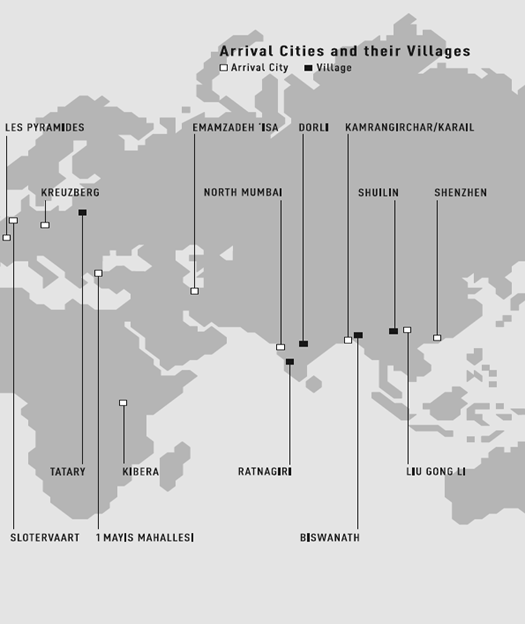
W hat will be remembered about the twenty-first century, more than anything else except perhaps the effects of a changing climate, is the great, and final, shift of human populations out of rural, agricultural life and into cities. We will end this century as a wholly urban species. This movement engages an unprecedented number of peopletwo or three billion humans, perhaps a third of the worlds populationand will affect almost everyone in tangible ways. It will be the last human movement of this size and scope; in fact, the changes it makes to family life, from large agrarian families to small urban ones, will put an end to the major theme of human history, continuous population growth.
The last time humans made such a dramatic migration, in Europe and the New World between the late eighteenth and the early twentieth centuries, the direct effect was a complete reinvention of human thought, governance, technology, and welfare. Mass urbanization produced the French Revolution, the Industrial Revolution and, with them, the enormous social and political changes of the previous two centuries. Yet this narrative of human change was not to be found in the newspapers of the 1840s or the parliamentary debates of the early twentieth century; the city-bound migration and the rise of new, transitional urban enclaves was a story largely unknown to the people directly affected by it. And the catastrophes of mismanaged urbanizationthe human miseries and revolutionary uprisings and warswere often a direct result of this blindness: We failed to account for this influx of people, and in the process created urban communities of recent arrivals who became trapped, excluded, resentful. Much of the history of this age was the history of deracinated people, deprived of franchise, making urgent and sometimes violent attempts to gain a standing in the urban order.
If we make a similar mistake today and dismiss the great migration as a negligible effect, as a background noise or a fate of others that we can avoid in our own countries, we are in danger of suffering far larger explosions and ruptures. Some aspects of this great migration are already unfolding in front of us: the tensions over immigration in the United States, Europe and Australia; the political explosions in Iran, Venezuela, Mumbai, Amsterdam, the outskirts of Paris. But many of the changes and discontinuities are not being noticed at all. We do not understand this migration because we do not know how to look at it. We do not know where to look. We have no place, no name, for the locus of our new world.
In my journalistic travels, I developed the habit of introducing myself to new cities by riding subway and tram routes to the end of the line, or into the hidden interstices and inaccessible corners of the urban core, and examining the places that extended before me. These are always fascinating, bustling, unattractive, improvised, difficult places, full of new people and big plans. My trip to the edge was not always by choice: I have found myself drawn by news events to the northern reaches of Mumbai, the dusty edges of Tehran, the hillside folds of So Paulo and Mexico City, the smouldering apartment-block fringes of Paris and Amsterdam and Los Angeles. What I found in these places were people who had been born in villages, who had their minds and ambitions fixed on the symbolic center of the city, and who were engaged in a struggle of monumental scope to find a basic and lasting berth in the city for their children.
This ex-rural population, I found, was creating strikingly similar urban spaces all over the world: spaces whose physical appearance varied but whose basic set of functions, whose network of human relationships, was distinct and identifiable. And there was a contiguous, standardized pattern of institutions, customs, conflicts and frustrations being built and felt in these places across the poor expanses of the developing world and in the large, wealthy cities of the West. We need to devote far more attention to these places, for they are not just the sites of potential conflict and violence but also the neighborhoods where the transition from poverty occurs, where the next middle class is forged, where the next generations dreams, movements, and governments are created. At a time when the effectiveness and basic purpose of foreign aid have become matters of deep and well-deserved skepticism, I believe that these transitional urban spaces offer a solution. It is here, rather than at the macro state or micro household level, that serious and sustained investments from governments and agencies are most likely to create lasting and incorruptible benefit.
In researching this book, I have visited about 20 such places, in an effort to find key examples of the changes that are transforming cities and villages in far more countries. This is not an atlas of arrival or a universal guide to the great migration. Equally fascinating developments are occurring in Lima, Lagos, Cairo, Karachi, Calcutta, Jakarta, Beijing, Marrakesh, Manila. Nor is this book without precedent. Scholars in migration studies, urban studies, sociology, geography, anthropology, and economics have documented the phenomena described here, and many of them have generously assisted me with my work.
But the larger message is lost to many citizens and leaders: the great migration of humans is manifesting itself in the creation of a special kind of urban place. These transitional spacesarrival citiesare the places where the next great economic and cultural boom will be born or where the next great explosion of violence will occur. The difference depends on our ability to notice and our willingness to engage.
ON THE EDGE OF THE CITY
I t begins with a village. To an outsider, the village seems fixed, timeless, devoid of motion or change, isolated from the larger world. We consign it to nature. To those who might glance at its jumble of low buildings from a passing vehicle, the village seems a tranquil place of ordered, subtle beauty. We imagine a pleasant rhythm of life, free from the strains of modernity. Its small cluster of weathered shacks is nestled into the crest of a modest valley. A few animals move in their pens, children run along the edge of a field, a thin plume of smoke rises from one of the huts, an old man strolls in the patch of forest on the crest, a cloth sack on his back.
Font size:
Interval:
Bookmark:
Similar books «Arrival City: How the Largest Migration in History Is Reshaping Our World»
Look at similar books to Arrival City: How the Largest Migration in History Is Reshaping Our World. We have selected literature similar in name and meaning in the hope of providing readers with more options to find new, interesting, not yet read works.
Discussion, reviews of the book Arrival City: How the Largest Migration in History Is Reshaping Our World and just readers' own opinions. Leave your comments, write what you think about the work, its meaning or the main characters. Specify what exactly you liked and what you didn't like, and why you think so.

